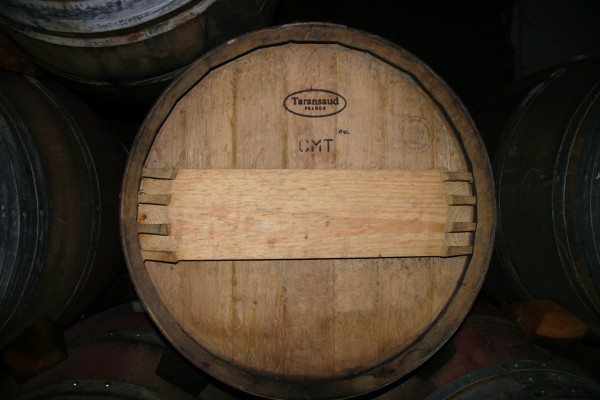How to tell if an expenditure is a business expense or an asset purchase (Part 1)
You just bought a brand new iPad for your tasting room – is it an expense or an asset? And what about those new barrels that just arrived?

Compared to intangible assets, the hard assets are relatively easy to figure out. What do you do with those expenditures for software, website design, and vineyard development costs? How are you supposed to account for those?
Capitalizing versus expensing
There are two main ways to treat most expenditures: you can either capitalize them (by adding them as an asset on the balance sheet) or expense them (which means they reduce profit on the income statement). The pressure to treat an item one way or another depends on what type of document is being produced from your accounting.
Financial Statements. Goal = Maximize income. If you are preparing financial statements for the bank or a potential buyer of your business, you would like to show the highest income possible. This means you would prefer to capitalize every dime you spend for anything, and expense as little as possible. The accountants who regulate accounting standards are wise to this and have created a set of standards for dealing with asset capitalization. Just ask the guys at Worldcom, who faced a 3.85 billion dollar adjustment to income and prison sentences - what can happen if you go too far in this direction. http://knowledge.wharton.upenn.edu/article.cfm?articleid=587
Tax Returns. Goal = Minimize income. If you are preparing an income tax return, you normally would like to minimize your income tax liability by showing every dime you spend as an expense. The IRS is wise to the temptation of calling asset purchases a “repair” and has issued regulations prescribing the proper treatment. Congress, however, has taken some of the fun out of auditing for IRS agents by periodically providing special Section 179 incentives that allow buyers to write off the costs of assets purchased in the year acquired.
We will cover the financial statement rules in this article and will discuss the tax rules in part 2.
The world according to GAAP*
For financial statement purposes, an expenditure for an item that provides a future benefit (beyond the current year) to its purchaser should be capitalized as an asset and written off over time (via depreciation of tangible assets or amortization of intangible assets.)
According to Ray Peterson, author of Accounting For Fixed Assets, 2nd Edition
Costs to be considered include:
- Purchase price including sales tax
- Costs of getting the “property, plant, or equipment ready for use”
- “Repairs that extend the life, increase the capability, or increase the efficiency of an item should be capitalized during its life, the historical cost increased, and depreciation recalculated from that date forward.”
What they don’t tell you – minimum threshold
The accounting principles remain silent on the issue of threshold – at what dollar amount should you begin capitalizing an expenditure? While a three ring binder might have a useful life that extends beyond a year, the investment per unit of $2.59 is hardly worthy of tracking and depreciating over time. So where does the bar get set?
The answer is that you must use your best judgment and create a set of capitalization procedures that apply for your winery. The key is to be consistent and to have a procedure in place. Most small businesses start with a threshold for capitalization around $500 per item, but larger companies set the bar higher. (See update to policy that is needed based on IRS notice released in December of 2015.)
Now back to those assets
Your investment in barrels should generally be capitalized as assets. Barrels can be used for multiple years and cost more than $500 each. Your expenditure for iPads probably falls below the $500 threshold (per unit) and can be expensed. If other expenditures exceed your threshold, they should all be capitalized and written off over the period during which they are expected to provide value. We have created a list of standard asset lives for depreciating many common winery assets. Click here to download your very own copy.
*Short for Generally Accepted Accounting Principles